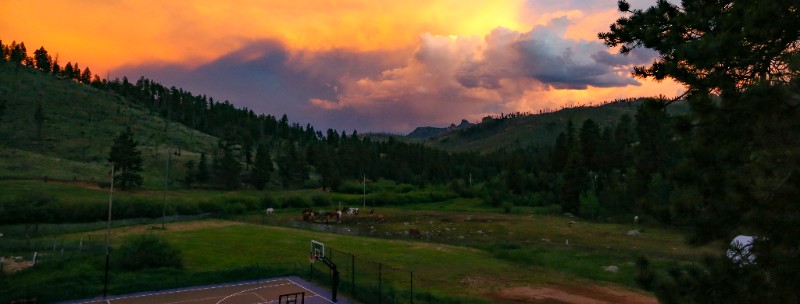The most basic (and common) question that I hear is, “What is wilderness therapy?” In a nutshell, Outdoor Behavioral Healthcare (OBH) programs use wilderness and adventure-based experiences as a vehicle to promote the therapeutic growth of participants, in a process guided and directed by a licensed mental health professional.
So, what does this actually look like? As described by the Association for Experiential Education, many wilderness therapy programs share common activities. These include a focus on backcountry travel and wilderness living experiences, during which clinical assessment, treatment planning, and treatment interventions take place. Students are in a group setting. They have individual and group therapy sessions, and participate in activities that foster social growth and positive relationships. OBH programs use the wilderness environment and natural consequences – both through metaphor and within the program activities – as part of the therapeutic process. Eustress, the development of managed and healthy levels of stress, is cultivated through outdoor living, adventure activities, and group interactions. It is used to enhance personal development and therapeutic growth by building self-efficacy and resilience.
At BaMidbar Wilderness Therapy, we are taking the best practices from OBH and integrating Jewish values. We are leveraging a unique focus on Jewish community. Many wilderness therapy programs borrow from Native American cultures to promote growth through storytelling, metaphor, and rites of passage. While many of these symbols are readily accessible to any audience, there is not the same personal connection as would be felt by those raised and immersed within that culture. Storytelling and imagery are ingrained in our Jewish culture and are integral tools for learning and personal development. How much more powerful are the analogies and stories when someone can connect not only the ideas, but also their history and values to their own heritage and traditions?
At BaMidbar, we see an emphasis on positive and supportive community, especially the Jewish community, as central to our program. A common challenge for wilderness therapy graduates is translating the isolated and intense experience of the program to “the real world” to which they transition. The sense of community and support in a wilderness therapy rite of passage can be powerful, but it can be challenging to recapture that feeling when it is months or years in the past, in a far different environment. At BaMidbar, we see Jewish community and Jewish practice as one means to transcend that challenge. The joy and connection found around a Shabbat dinner table is not unique to the wilderness experience, and can be a source of strength for any time and any place. We hope that by emphasizing Jewish community as a means to continued personal development and resource for healthy outlets, our students will be better equipped to transfer lessons learned from the wilderness experience to their home environment. Stay tuned for more discussion of the role of community at BaMidbar in our next post!
Announcement:
BaMidbar Wilderness Therapy is engaging a licensed mental health professional in a consulting capacity to help us develop our clinical model. Full position description can be found at https://www.bamidbartherapy.org/staff/. Please share with anyone you know who may be interested.

